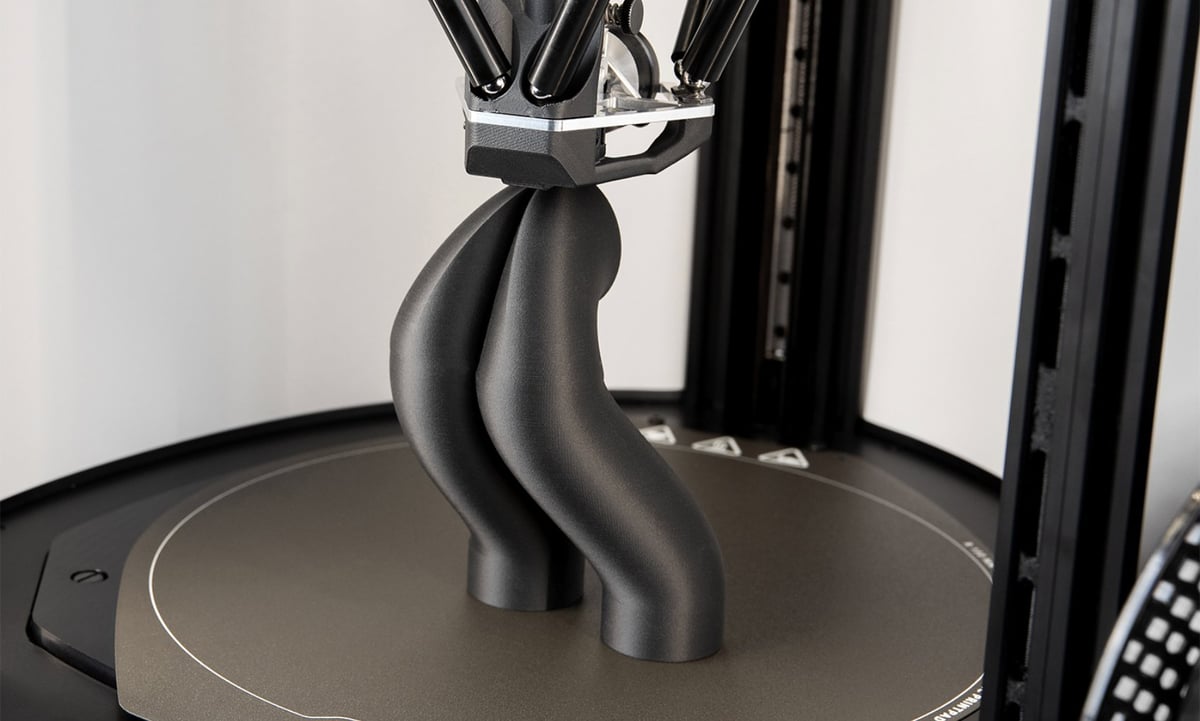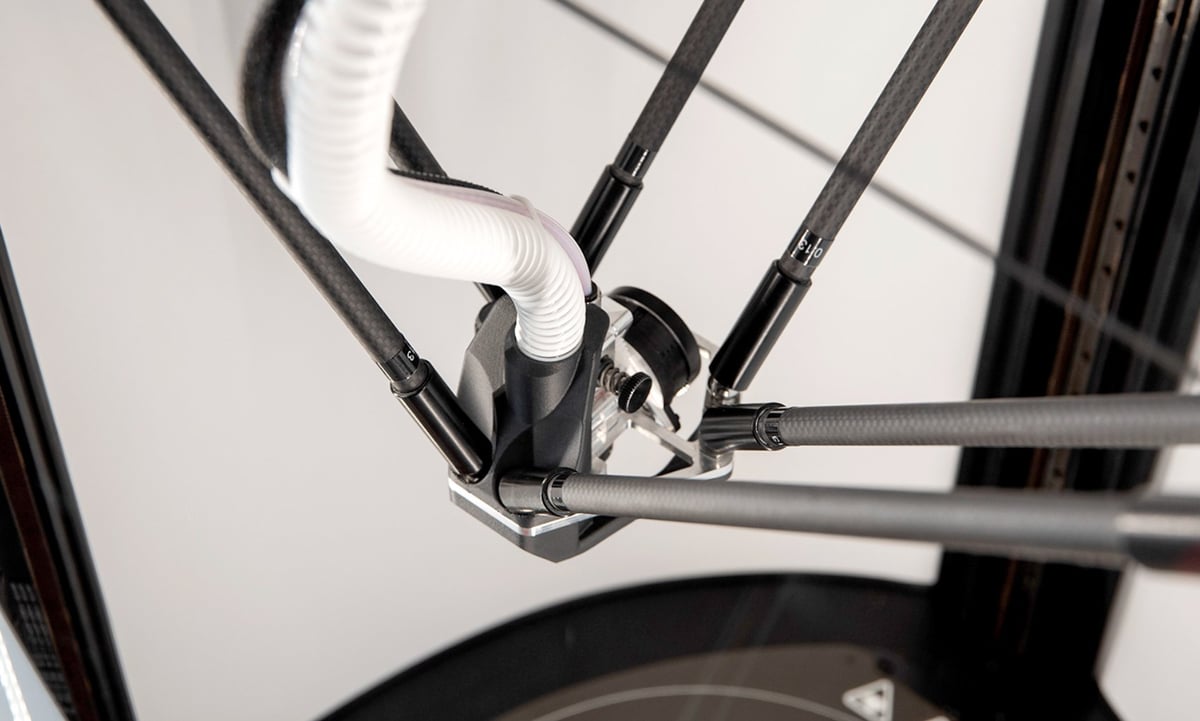For Prusa fans — or anyone looking for reliability in a professional-level FDM — the long-awaited Pro HT90 FDM from Prusa is finally available to order, but not shipping until June. In the All3DP print lab, our machines from Prusa Research are some of the most consistently dependable, so we’re looking forward to getting our hands on this one.
This machine targets engineers 3D printing functional prototypes and end-use parts made from materials the average Prusa user is not using, such as PEI and carbon-fiber-infused PEKK, which can sell for more than $100 a spool.
For as bare-bones as most Prusa printers look, the Pro HT90 has a different feel entirely. In fact, Prusa’s been working on this machine ever since it acquired the machine’s developer TriLab in 2021.

The HT90 is the company’s first delta kinematic 3D printer standing apart from the company’s extensive line of Cartesian-style 3D printers. In a delta 3D printer, the lightweight print head is suspended from three arms connected to stepper motors. These motors control the movement of the arms, allowing for precise and coordinated motion in the X, Y, and Z directions while the print remains static on the bed.
Delta-style 3D printers are often perceived to be faster than Cartesian 3D printers because smaller movements are needed to print the same object, but this does vary by machine. This type of printer can have faster changes in direction and quicker movements than most Cartesian machines. Prusa says the Pro HT90’s acceleration reaches up to 20,000 mm/s², the same as the Bambu Lab X1 Carbon, but the company doesn’t release an actual print speed.
Describing speed in a more practical way, Prusa says the HT90 can deposit 1kg of PETG or ABS filament in just eight hours.

Although programming is slightly different to translate XYZ coordinates into the delta’s triangular movement, this is managed seamlessly behind the scenes with the Prusa slicer or almost any other slicer software, including Cura.
In another first for Prusa, the HT90 is fully insulated and enclosed with an actively heated and cooled chamber. The heat — from the heated bed to 155ºC, heated nozzle to 500ºC, and the chamber heater to 90ºC — makes printing with industrial materials more predictable, while the active cooling ensures that, when you’re printing with PLA, you don’t have to keep the door open to prevent overheating. This feature lets you take full advantage of the professional-grade HEPA air filter for every print.
The build volume on the HT90 (Ø300 mm X and Y x 400 mm Z) is on par with the similarly priced UltiMaker S7 (330 x 240 x 300 mm) and another delta from Wasp3D, the 2040 Industrial X (Ø200 x 400 mm).
The HT90, like nearly all deltas, has a single extruder. Other bells and whistles include an integrated monitoring camera that’s easily removable if you don’t want to watch, a stop button, and print capacity on a fully offline mode for organizations with high-security requirements.
Tech Specs
- Technology: FDM
- Build Volume: Ø 300 x 400 mm
- Max. nozzle temp.: 500°C
- Max. chamber temp.: 90°C
- Max. bed temp.: 155°C
- Print Preparation: Prusa Slicer
- Price: $10,000
License: The text of "Meet the New Prusa Pro HT90, High-Temp 3D Printer Aimed at Engineers" by All3DP Pro is licensed under a Creative Commons Attribution 4.0 International License.